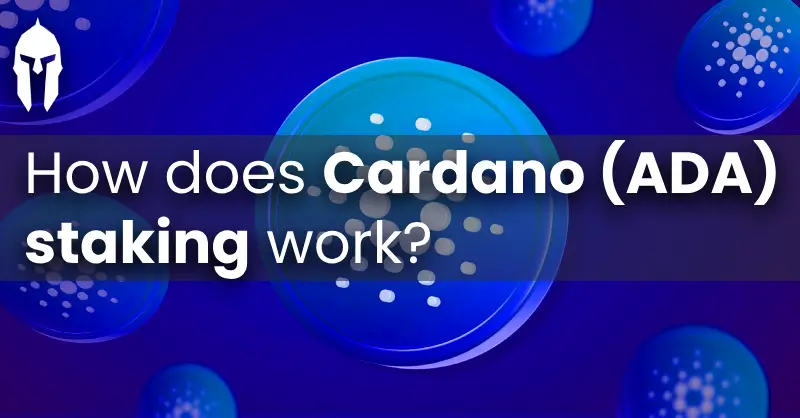
A deep dive into: Cardano (ADA) blockchain
June 04, 2024
Cardano blockchain is one of the oldest blockchains, being founded in 2015 by Charles Hoskinson, one of the co-founders of Ethereum. Cardano was officially launched in 2017 after a series of successful rounds of fundraising and development. Let's dive deeper into Cardano and its unique features.
Cardano (ADA) is a decentralized Layer-1 public blockchain and cryptocurrency project. Launched in 2017, Cardano aims to be a more secure, scalable, and sustainable blockchain platform for running smart contracts and decentralized applications (dApps).
Cardano's architecture is based on a research-driven approach, which involves a strict peer-review process for every update and improvement. This has resulted in a highly secure and robust blockchain network, with a unique design that combines the best features of different blockchain systems.
The Cardano blockchain uses a layered architecture, which separates the consensus layer (Ouroboros) from the computation layer (Plutus). This allows for a more modular and scalable design, enabling the platform to handle a large number of transactions and smart contracts.
Cardano's native cryptocurrency is called ADA, which is used to pay for transaction fees, staking rewards, and other services on the network. The ADA token is also used to vote on governance proposals and participate in the decentralized management of the Cardano ecosystem.
One of the key features of Cardano is its emphasis on research and development, which has led to the creation of a strong community of developers, researchers, and enthusiasts. The platform is also known for its focus on sustainability, with a long-term vision of becoming a self-sufficient and environmentally friendly blockchain network.
What is the difference between Cardano and Ethereum?
Cardano and Ethereum are both blockchain platforms that enable the creation and deployment of smart contracts and decentralized applications (dApps). However, there are several key differences between the two platforms:
1. Architecture : Cardano has a layered architecture, which separates the consensus layer (Ouroboros) from the computation layer (Plutus). This allows for a more modular and scalable design, enabling the platform to handle a large number of transactions and smart contracts. Ethereum, on the other hand, has a monolithic architecture, which can make it more complex and harder to scale
2. Staking : Cardano (ADA) staking works a bit unique compared to other proof-of-stake networks in the sence that your native ADA can be staked and used at the same time. So, when you stake to for example Myrmidon Staking (Ticker: MYR) you can still use your ADA for anything you might like, while receiving rewards that automatically gets compounded. You can think of it as a form of liquid staking.
3. Smart Contract Language : Cardano uses the Plutus programming language for smart contract development, which is known for its strong type system, concurrency support, and functional programming paradigm. Ethereum, on the other hand, uses Solidity, which is a more beginner-friendly language that is specifically designed for smart contract development on the Ethereum platform
4. Governance : Cardano has a decentralized governance model, where stakeholders can participate in voting on proposals and decisions related to the development and direction of the platform. Ethereum is also transitioning towards a decentralized governance model, but it is still in the early stages of development
5. Scalability : Cardano is designed to be more scalable than Ethereum, with a focus on handling a large number of transactions and smart contracts. The platform is currently in the process of implementing a series of upgrades, including the Shelley hard fork, which will introduce a new delegation model and enable the use of sidechains for increased scalability
6. Token Economy : Cardano's native cryptocurrency, ADA, is used for transaction fees, staking rewards, and governance voting. Ethereum's native cryptocurrency, Ether (ETH), is primarily used for transaction fees and as a means of exchange within the Ethereum ecosystem
Overall, while both platforms share some similarities, Cardano and Ethereum have distinct differences in terms of their architecture, consensus mechanisms, smart contract languages, governance models, scalability, and token economies.
Get started with Cardano (ADA) staking right now: Stake Cardano (ADA)